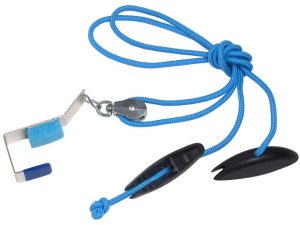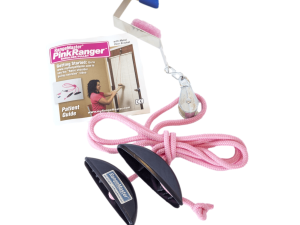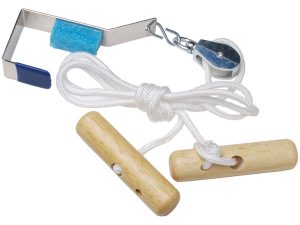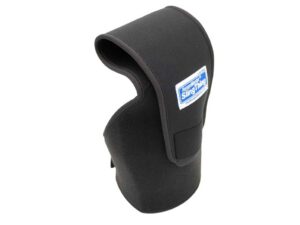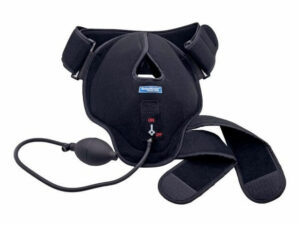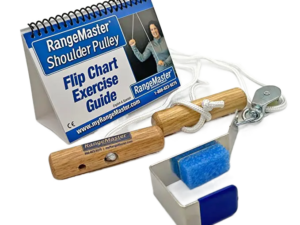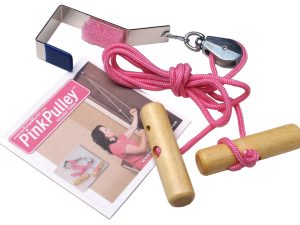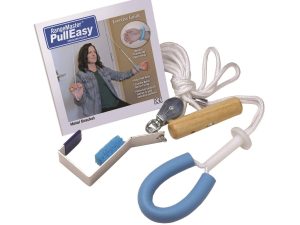By Rob Parker, Physical Therapist
You have been told by your doctor that you have a “frozen shoulder.” What does that mean? In the simplest of terms, it describes a shoulder that is either too painful to move—or a shoulder that won’t move at all.
While there are many causes of frozen shoulder including trauma, tissue adhesions, bone spurs, or even a general lack of use, the fact that your shoulder is stiff is often not your biggest issue. You just want to get rid of the pain! You want to sleep through the night. You want to dress yourself. You want to do your normal daily activities, pain free.
What should you do? Patients are surprised to learn that the most basic treatment is to move the shoulder. The important thing to remember is to not move so that it hurts. Repetitive, pain-free movements, no matter how small, can help reduce pain and will often increase your pain-free range. Even the smallest repetitive movement increases the blood flow to the injured area, relaxes the muscles, and promotes the secretion of natural lubricating fluids in the joints of the shoulder—all of which promotes healing and makes the shoulder feel better almost immediately.
There are lots of therapeutic exercises and methods for doing these small, repetitive, pain-free movements. One of the simplest is done with a “shoulder pulley.” With this inexpensive over-the-door rope and pulley device you can lift your sore arm with the opposite good arm by pulling up and down on the shoulder pulley handles. Using this method, the patient can precisely control how high they are lifting to avoid causing any pain. There is no strain on any other part of your body as one sits and gently moves their sore arm up and down, several times a day.
Here’s how. Put the shoulder pulley over any door and close the door. Sit down on a chair facing the door in a comfortable position with the chair turned slightly so the injured shoulder is closer to the door and pulley. Adjust the line length so that both handles are slightly above the waist while seated. Keep the sore shoulder totally relaxed and let the “good arm” do all the work, raising and lowering the impaired arm. Up and down movements should be small and pain free. Work within the pain-free range, regardless of how small. It can be amazing at how much better one feels within a few minutes. Don’t lift the impaired arm so high that the elbow extends above the shoulder to avoid pinching soft tissue in the joint.
Consult your doctor or a physical medicine specialist like a physical or occupational therapist before beginning any therapeutic exercise routine. In extreme cases an orthopedic doctor may need to manually start the shoulder moving again while the patient is under anesthesia.
Often, small pain-free movements using a shoulder pulley can help “thaw out” a frozen shoulder.
Rob Parker, PT, OCS, MS, ACT, COMT
Physical Therapist Rob Parker is medical advisor to Therapeutic Dimensions Inc.

